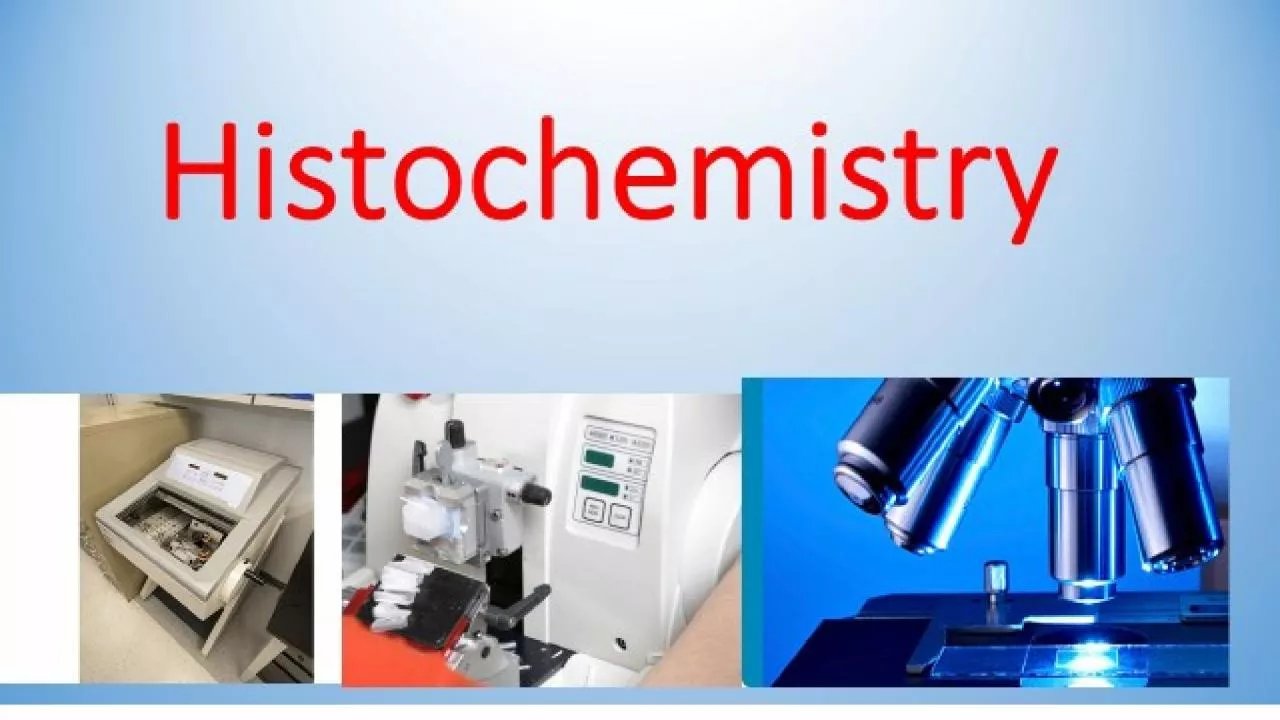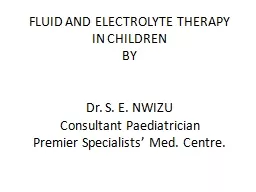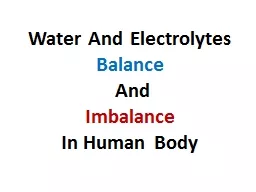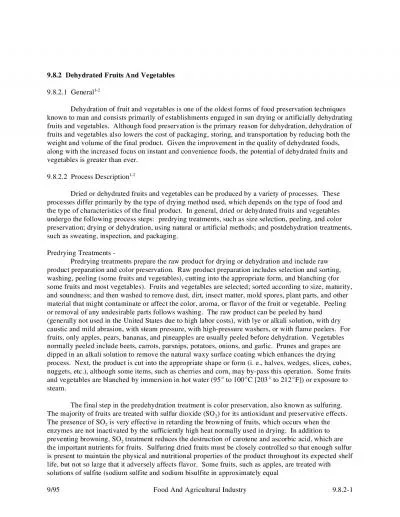PPT-Microtechnique Fixation Dehydration
Author : hanah | Published Date : 2024-03-13
Embedding Sectioning Staining Fixation It is important to maintain cells in as lifelike a state as possible to prevent postmortem changes as a result of putrefaction
Presentation Embed Code
Download Presentation
Download Presentation The PPT/PDF document "Microtechnique Fixation Dehydration" is the property of its rightful owner. Permission is granted to download and print the materials on this website for personal, non-commercial use only, and to display it on your personal computer provided you do not modify the materials and that you retain all copyright notices contained in the materials. By downloading content from our website, you accept the terms of this agreement.
Microtechnique Fixation Dehydration: Transcript
Download Rules Of Document
"Microtechnique Fixation Dehydration"The content belongs to its owner. You may download and print it for personal use, without modification, and keep all copyright notices. By downloading, you agree to these terms.
Related Documents














